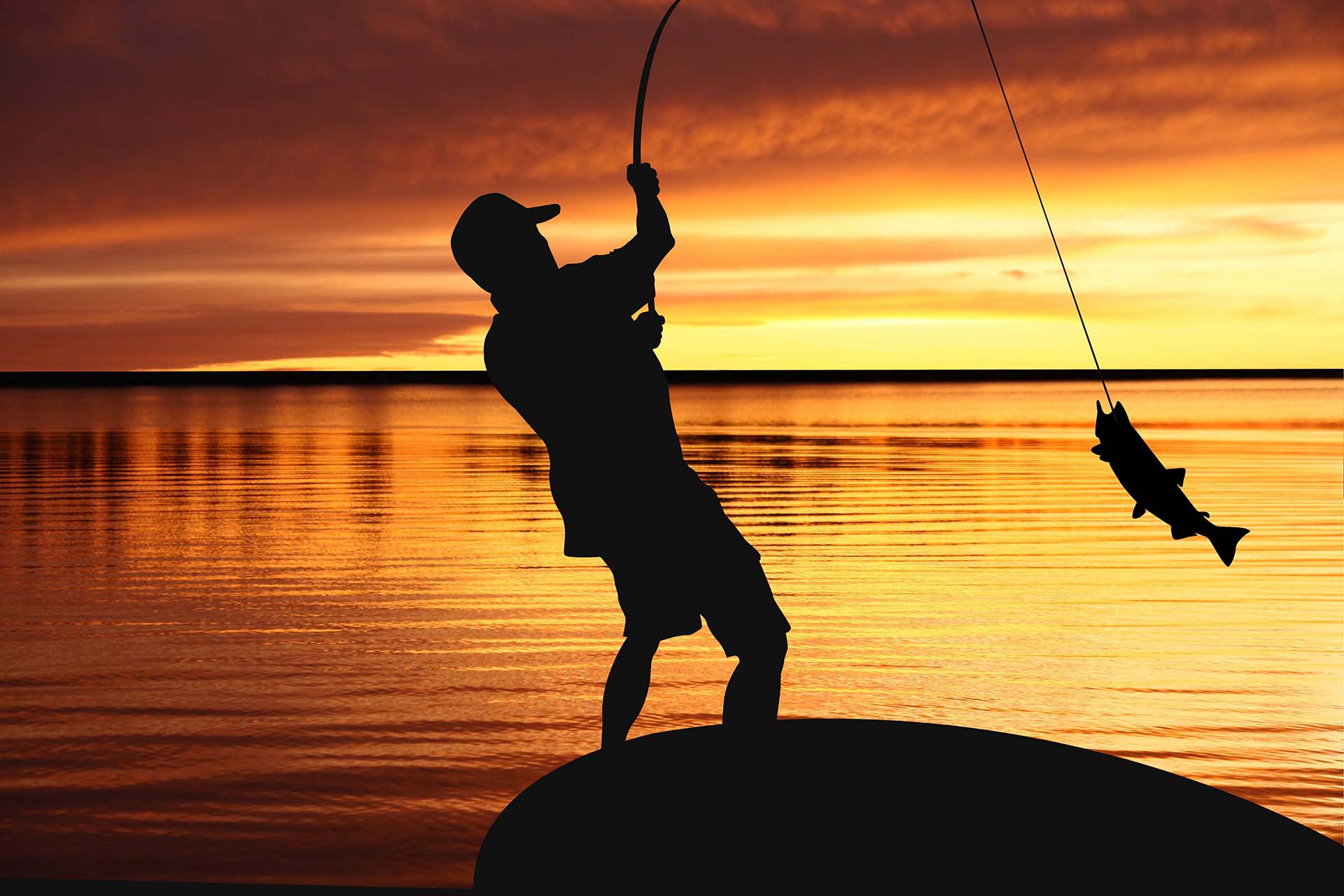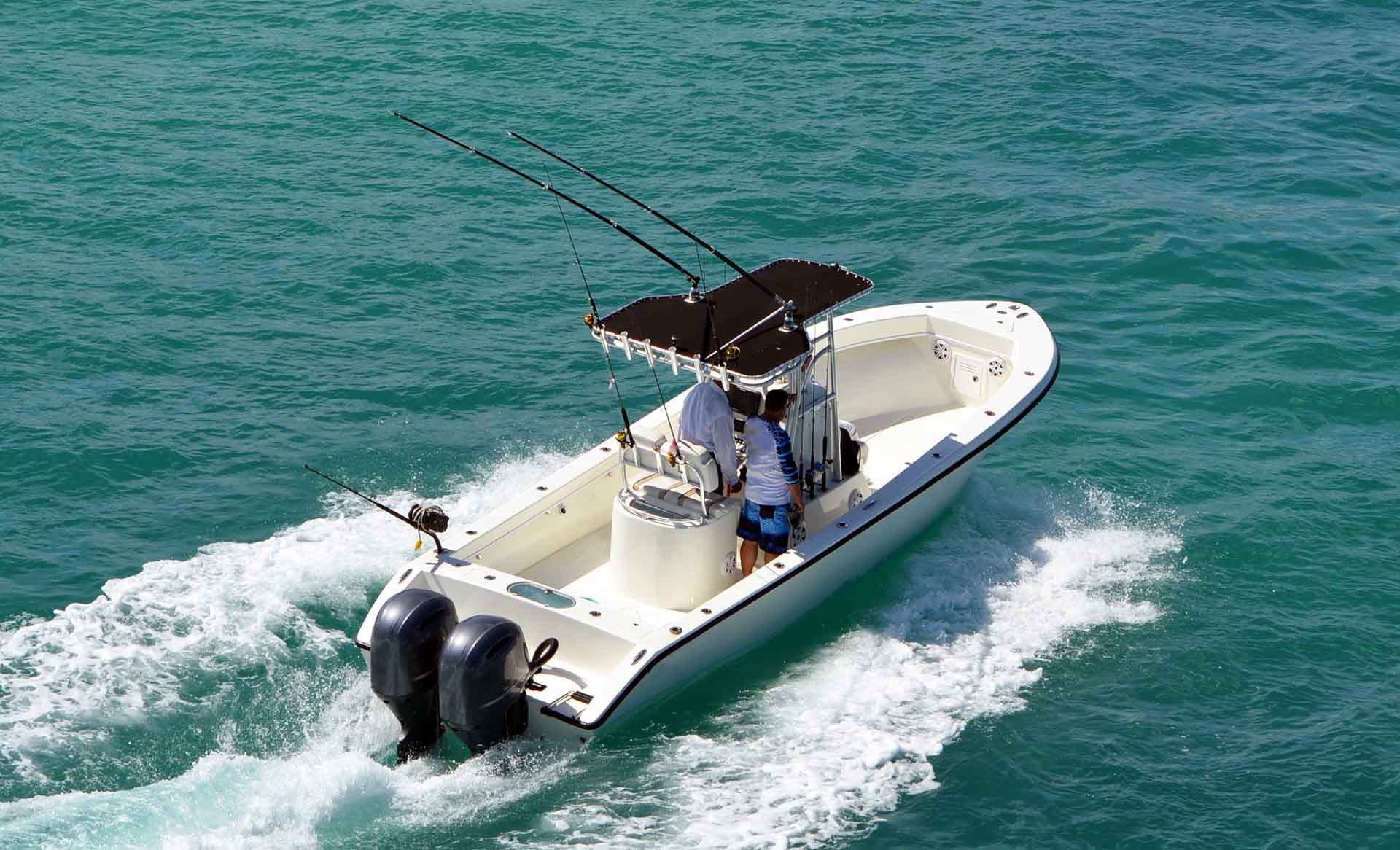Nothing quite like being out on the lake in the early morning and feeling the breeze on your skin as you cast into that perfect spot – and there’s nothing better than finishing the trip with a majestic trophy. So, what are the largest freshwater fish in the USA you might have the opportunity to reel in? I’ve done some deep diving into all 50 states to bring you a comprehensive list of America’s largest freshwater species.
What Is the Largest Freshwater Fish in the USA?
Any catch is an exciting one, but landing a heavy hitter is definitely more thrilling than having some of the most common catches stuck on your fishing hook. No matter if you’re a beginner in the fishing sport or a seasoned veteran that’s skillful in a number of different techniques, you most probably asked yourself at least once – what is the largest freshwater fish caught in the USA, and with what style of fishing was it reeled in?
The largest of them all is the majestic beast we know as the white sturgeon. These ancient-looking fish can grow to be huge, with some specimens reaching lengths of up to 20 feet and weighing over a ton. Besides being absolutely enormous, the white sturgeon fish are long-lived, with some individuals reaching ages of over 100 years. So, let’s see how they look and where they lurk.
Where Can a White Sturgeon Be Found?
The white sturgeon, the largest of the family of about eight species of sturgeon, lives in the lakes, rivers, and coastal waters in the Pacific Northwest. Here are a few rivers that commonly hold this astounding species:
- Snake River through Idaho, Wyoming, and Washington,
- Klamath River in California,
- Willamette River in Oregon.
These rivers are known to have healthy populations of white sturgeon and are popular destinations for sport fishing enthusiasts, no matter if they’re interested in the basic catch-and-release practice or trying out specific fly fishing techniques. However, due to overfishing and habitat loss, white sturgeon populations have declined in recent years and are now protected by fishing regulations and conservation efforts.
White Sturgeon Prefer Deep and Slow-Moving Water
This hefty catch is a bottom-dwelling fish that can usually be found in deep, slow-moving waters with gravel or rocky substrates. They are anadromous, meaning that they spawn in freshwater but spend most of their adult lives in saltwater.
White sturgeon have a distinctive appearance that sets them apart from other freshwater fish – their top lobe is longer than the bottom lobe, and this is called a heterocercal tail. Their snout is long and pointed, while their body is covered with bony plates, or scutes, typically light in color, arranged in five rows along their back and sides. They have a soft fleshy mouth with four barbels or whiskers that they use to locate food.
What Are Some Other Large Freshwater Fish in the USA?
The USA is home to an incredible array of freshwater fish, and many of them can grow to impressive sizes. While the white sturgeon is undoubtedly one of the largest and most iconic freshwater fish found in American rivers and lakes, it is by no means the only species that can reach impressive dimensions.
So, here are some other freshwater heavy hitters that might get caught on your fishing hook:
Alligator Gar
The alligator gar is a large freshwater fish that is native to the southern United States, especially in the area of the Mississippi River basin. They are easily recognizable due to their long, cylindrical bodies, which can reach lengths of up to 10 feet and weights of over 300 pounds.
These species have a long, pointed snout that resembles that of an alligator, hence the name. They also have a double row of large, sharp teeth that they use to prey on other fish and small animals. Once considered a nuisance species and heavily hunted, alligator gar are now protected in many areas due to their important role in maintaining healthy river and lake ecosystems.
Paddlefish
Also known as spoonbill, paddlefish are a unique and ancient species of freshwater fish that are typically found in the Mississippi and Missouri River basins. They are characterized by their distinctive paddle-shaped snouts, which they use to detect and capture small prey such as zooplankton and small fish.
This species can grow to be quite a large catch, with some individuals reaching lengths of over 6 feet and weights of over 100 pounds. They are considered a popular target for sport fishing in some areas, although strict regulations are in place to protect them due to declining populations. Same as the white sturgeon, paddlefish are valued for their eggs, which are used to make caviar.
Blue Catfish
One more species that are typically found in the Mississippi, Missouri, as well as the Ohio River basin, is the blue catfish. This heavy hitter is known for its bluish-gray coloration and long, slender bodies, which can reach lengths of up to 5 feet and weights of over 100 pounds.
Blue catfish are opportunistic feeders and will eat almost anything they can catch, including other fish, crustaceans, and even small mammals. That’s why they’re a common occurrence on the ends of the fishing rods of more experienced veterans. They are farmed commercially for food and are considered a popular target for sport fishing in some regions. However, nowadays, some efforts are being made to manage the blue catfish populations sustainably.
Muskellunge
Commonly referred to as muskie, the muskellunge is a species of freshwater fish that are native to North America, particularly in the Great Lakes region. They are known for their elongated, torpedo-shaped bodies and large, sharp teeth, which they use to catch and eat other fish.
Muskellunge can grow to impressive sizes, with some individuals reaching lengths of over 5 feet and weights of over 50 pounds. They are considered a popular target for fishing in the northern areas of the United States, although they can be elusive and difficult to catch – for most fishermen, getting their finger stuck on the hook is much easier than landing a muskie. Due to their large size and aggressive behavior, muskellunge are sometimes referred to as the “fish of 10,000 casts”.
Largetooth Sawfish
Large-tooth sawfish is a large and unusual species of fish that is native to the Gulf of Mexico and the Atlantic coast of South America. While it predominantly lives in saltwater, it can enter freshwater and has been recorded in various North American rivers as far as 800 miles from the sea.
Large-tooth sawfish is characterized by its long, flat snout that is lined with sharp teeth, which it uses to stun and capture prey. It can grow up to be enormous, with some individuals reaching lengths of up to 18 feet. Despite their intimidating appearance, large-tooth sawfish are generally harmless to humans. It’s actually the other way around – this species is considered endangered due to overfishing and habitat loss, but efforts are being made to protect this unique and fascinating species.
How to Successfully Catch the Largest Freshwater Fish in the USA?
Mastering the sport of fishing can be a challenging but rewarding experience, and there’s always something new to learn. For a beginner, learning how to tie a fish hook can leave you feeling just as accomplished as when a more seasoned veteran masters the technique of maneuvering their fly fishing rod and tying the fishing tippet. But, the most rewarding experience of all is, of course, landing the biggest catch of your whole fishing career.
What Things Should You Research?
Reeling in a heavy hitter entails much more than just waiting around for it to happen with the right gear, such as large fishing rods and heavy-duty reels. Sure, patience is a big part of it, as it may take some time to locate and hook your target, but the research is also essential.
To increase your chances of success, it’s important to do your research and study the feeding patterns, preferred habitats, and seasonal behavior of the species you’re targeting. Moreover, when it comes to these large species, most of them are under strict regulations, and they are only targeted for the catch-and-release practice. That’s why you should also inform yourself about the regulations that are put into place to preserve the species you’re targeting.
What Kind of Methods Should You Use to Catch White Sturgeon?
When it comes to the white sturgeon, there are a variety of methods that can be used to catch these fish, including bait fishing, lure fishing, and fly fishing. While all of these techniques have their advantages and disadvantages, all of them should be used with heavy tackle and strong lines when fishing for white sturgeon, as these fish can be very powerful and difficult to land.
Are There Some Regulations for Fishing Large Freshwater Fish in the USA?
As just mentioned, most of the large freshwater fish are protected under different regulations to protect and manage their populations. While they may vary depending on the species and the region, here are the most common fishing regulations when it comes to landing a heavy hitter:
| Regulation | How It's Carried Out |
|---|---|
| Bag and possession limits | Sets a limit on the number of fish an angler can keep in a single day |
| Minimum size limits | Sets a minimum size limit for fish that can be harvested |
| Seasonal restrictions | Sets a specific time period during which fishing for a certain species is allowed |
| Gear restrictions | Sets a limit on the types of fishing gear that can be used to catch certain species |
| Catch-and-release requirements | Requires anglers to release certain species of fish unharmed back into the water |
| License requirements | Requires anglers to obtain a valid fishing license in order to fish in a particular area |
These regulations and requirements are important for a number of reasons. Firstly, they help to protect and manage populations of certain species, which are often vulnerable to overfishing and habitat loss. Secondly, regulations help to promote responsible and ethical practices, such as catch-and-release fishing, which can help to minimize the impact on the environment. Finally, they help to ensure that fishing opportunities remain available for all by promoting fair and equitable access to these natural resources.

Be Prepared, and You’ll Surely Catch the Largest Freshwater Fish in the USA
All in all, the largest of the large freshwater fish in the USA make for some of the most thrilling and rewarding experiences any angler can expect. It’s challenging, but success is achievable with a bit of preparation and patient dedication. If you consider yourself a true angler, head out to your nearest lake or pond and try your luck at one of these giants of the freshwater world. You may just surprise yourself with what your reel in!









